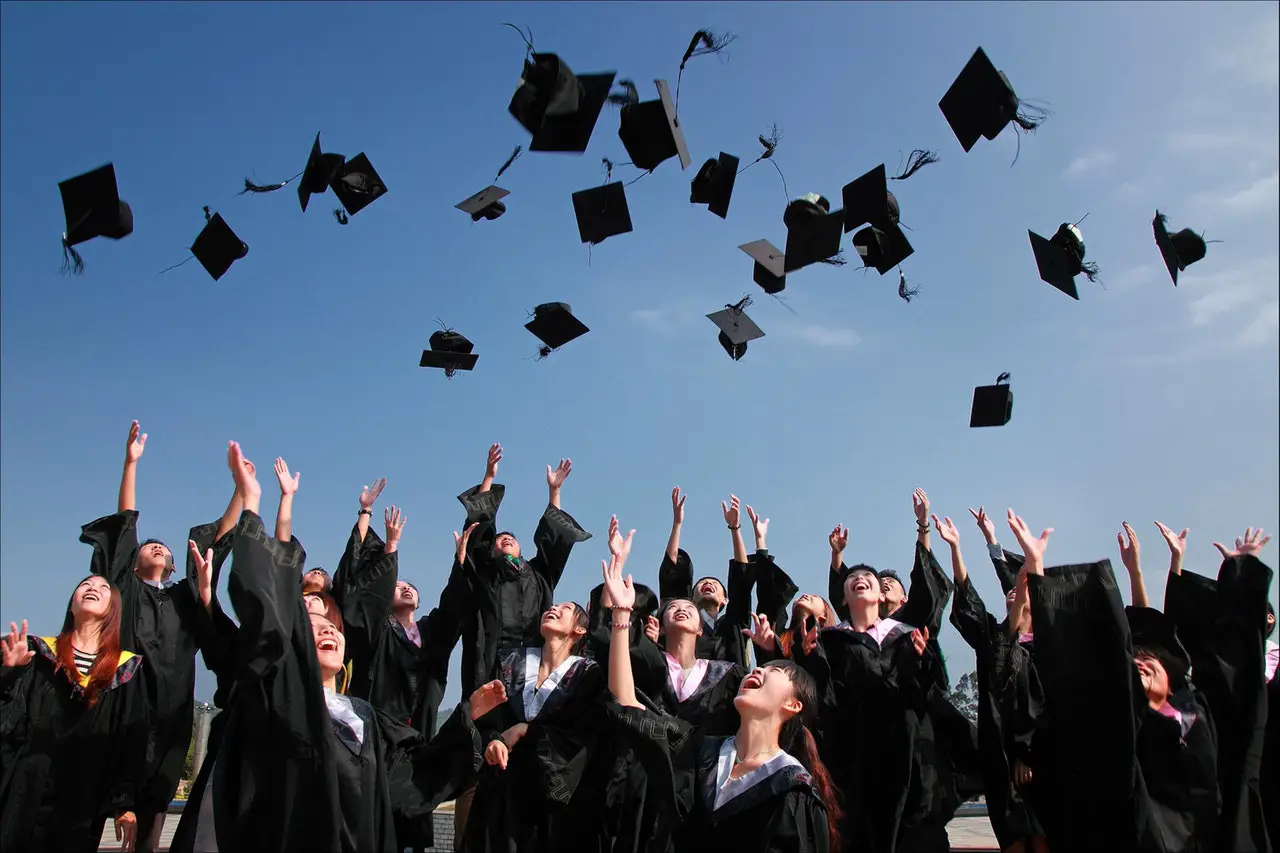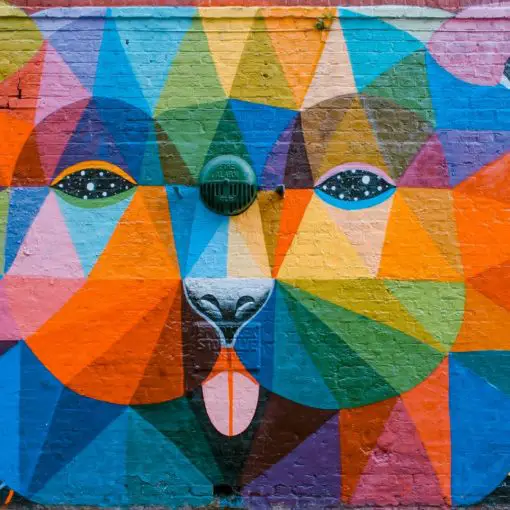In the past, classroom-based learning revolved on retaining and repeating any information given. Today, schools focus on teaching the skills to learn and analyze information. This is known as critical thinking, an essential learning skill for every 21st-century student.
What Critical Thinking Means
Critical thinking is understanding why something exists in a specific way. It is also the ability to know the possible outcomes of actions.
Critical thinking is essential for logical thinking, fair judgment, and decision-making. When someone is a critical thinker, he often makes the right conclusions. He also possesses good problem-solving skills.
Reasons Why Not All People Are Critical Thinkers
Before teaching students to be critical thinkers, they must recognize related false ideas. These false ideas can be seen everywhere. Because of these false ideas forced into their belief system, their judgment becomes clouded.
Removing these false ideas is the first step in becoming a critical thinking student:
The first idea is believing any information because they are the only ones available. One example is the notion that Thomas Edison invented the incandescent light bulb. This is not completely true. Two British inventors and an American inventor experimented on them first. But, Thomas Edison got all the credit as the media portrayed it that way. To conclude, not all popular and entertaining stories are true. Remember that distortion of facts to get public attention is common nowadays.
The second idea is that beliefs can prove past actions. An example is the result of the 2006 Harris Poll. Half of the respondents believed that the US invaded Iraq because it wanted to do mass destruction. It was false and the findings were all over the news. But, the public still can’t believe the information and stuck on to their skewed beliefs.
The third idea is that people do not know how significant their perspectives are. An example was Ita Martin’s case during a suicide bombing in 2005. She heard a loud noise, yet ignored it. It was only when she watched CNN when she realized that she did hear a bomb explosion. Had she trusted herself, she would have left the building faster.
For the last idea, people do not want to question their beliefs. The truth has two enemies: those who sell incomplete facts and their unavailability. Advertisements are good examples. They do not show their competitors’ benefits and only highlight their own. They are also evident in the dating scene. A man wanting to marry a woman would discourage her from exploring her options. It is a reality that we must make decisions with limited facts. Thus, it is our job to analyze these half-truths and infer possible consequences.
Ways to Teach Critical Thinking Skills
A famous technique used to teach critical thinking skills is the Watanabe-Crockett Method. It recommends that teachers start sessions with a question. This encourages the students to engage in the discussion. To find the answer, they must use their research and problem-solving skills. Enhancing these skills is a good start to developing and practicing critical thinking.
Another skill related to critical thinking is “information fluency.” It is the ability to find and use digital information. Since most materials are available online, students must identify real from fake information.
Learning through peer groups is also a recommended technique. Students working together improve their teamwork and problem-solving skills.
Another social strategy that can help critical thinking is role-playing. To role play, students must work in pairs. Next, they must research on topics whose characters have conflicting ideas. This can be anything from historical conflicts to social hierarchies. Role-playing creates interaction. It also prompts them to think on various point of views.
The last recommended strategy is to let the students set goals. Teachers can divide this into three: planning, executing, and monitoring, and post-task assessment.
Practicing Critical Thinking Skills on your Own
Learning critical thinking skills does not end in the classroom. Students can also enhance these skills in real-life situations. In this chapter are seven strategies that can be used to improve critical thinking.
Students must learn to take responsibility for every information they gather. This means that they must be reliable and rational.
They must be open for feedback with regard to their actions. Students must be open minded and learn how to accept different perspectives. These can help them grow as mature individuals.
To engage in a meaningful discussion, students must ask and challenge others’ assumptions. But, they must be respectful when doing so.
Students must identify biases in situations related to physical education and home economics.
They must be able to check others’ assumptions, beliefs, and actions. Like the earlier strategies, doing this with respect is a must.
During challenging situations, students must generate alternative solutions and assess their effects.
In relation to the earlier strategy, they must also be able to work well with others. This is why peer groups and role-playing are essential in classroom activities.
Evaluating One’s Critical Thinking Skills
The Watson-Glaser Critical Thinking Appraisal measures one’s critical thinking skills. This looks at one’s ability to observe a situation and check it in different perspectives. It also measures one’s ability to differentiate facts from opinions. Many job applicants undergo this assessment before getting the position.
The Bottomline
Surface appeals can sway young students without much life experience. Often, these appeals encourage impulsive decisions. The advertising industry is a very good perpetrator of surface appeals. Students may buy things they don’t need. Their only reason is the products’ promising advertisements.
It is obvious how students’ critical thinking affects their academic and financial lives. But, it can also affect their personal lives. They may choose the wrong friends and lovers, which may result in negative feelings. When they get older, the lack of analysis also leads them to take the careers they didn’t want in the first place.
These consequences show how critical thinking can change a student’s life. Later, they can gather reliable information, question situations, and provide solutions. With the help of teachers, students can be critical thinkers before facing the real world.





